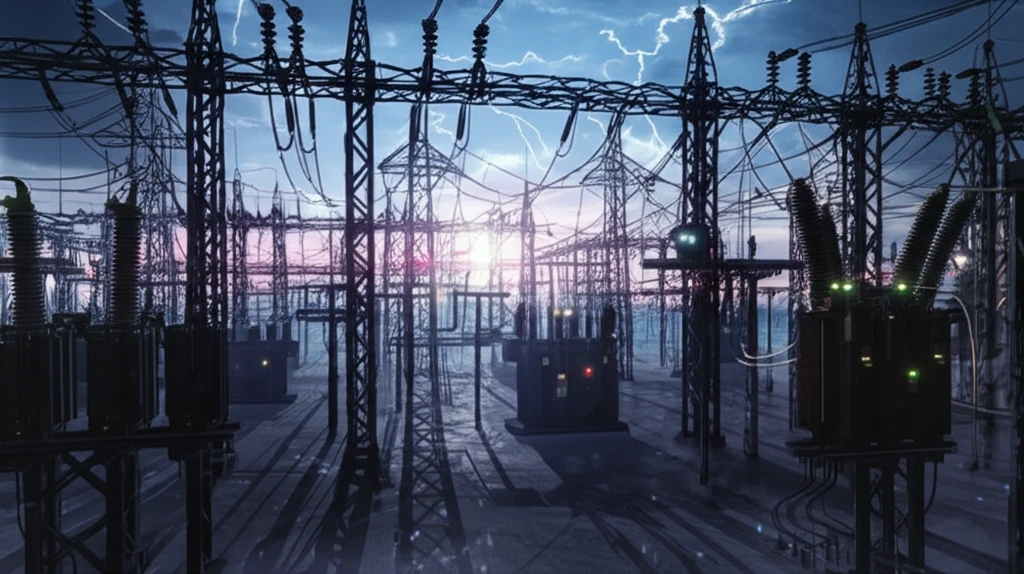
Power Up Your Grid: How Smart Upgrades Protect Our Electric Future
"Discover how Neutral Grounding Resistors (NGRs) and advanced relays are revolutionizing transformer protection, ensuring reliable power for all."
In our increasingly electrified world, the demand for reliable power is greater than ever. Electrical grids are the backbone of modern society, and maintaining their stability is essential. One of the key challenges in grid management is dealing with electrical faults, particularly those that involve a single phase contacting the ground. These faults can cause significant damage to equipment and disrupt power supply to homes and businesses.
To tackle this issue, power engineers are constantly innovating and upgrading grid infrastructure. A critical component in this effort is the use of Neutral Grounding Resistors (NGRs) and advanced protection relays, such as Standby Earth Fault (SBEF) relays. These devices work together to minimize the impact of ground faults, ensuring a more stable and reliable power supply. Think of them as the unsung heroes that keep our lights on and our devices running.
This article delves into the impact of NGRs and SBEF relays on power systems, focusing on a case study involving the uprating (upgrading) of a transformer in the Gianyar electrical grid. By understanding how these technologies function and their benefits, we can better appreciate the efforts to modernize and protect our electrical infrastructure.
Understanding Neutral Grounding Resistors (NGRs)

At the heart of this protective system lies the Neutral Grounding Resistor (NGR). In electrical systems, the neutral point is the reference point from which voltage is measured. When a fault occurs, like a phase contacting the ground, it can cause a surge of current. Without proper protection, this surge can damage equipment and cause widespread outages. NGRs are designed to limit the magnitude of these fault currents. By introducing resistance into the grounding path, NGRs reduce the fault current to a manageable level, preventing severe damage.
- Fault Current Limitation: NGRs reduce the magnitude of fault currents, preventing damage to equipment.
- Improved System Stability: By limiting fault currents, NGRs enhance the overall stability of the power system.
- Enhanced Safety: They protect both equipment and personnel from the hazards of high fault currents.
- Better Control: NGR allows better management of the system.
Real-World Impact and Future Directions
The Gianyar grid uprating project demonstrates the practical benefits of NGRs and SBEF relays in enhancing power system reliability. By carefully selecting and coordinating these protective devices, power engineers can significantly reduce the impact of electrical faults, ensuring a more stable and secure power supply. As grids continue to evolve with increasing demands and integration of renewable energy sources, the role of these technologies will become even more critical in safeguarding our electric future. From home to office or industrial needs, you can ensure that your power supply remains reliable with the smart use of NGR and other protective equipment. Next time the lights stay on during a storm, you'll know what makes it all possible.
